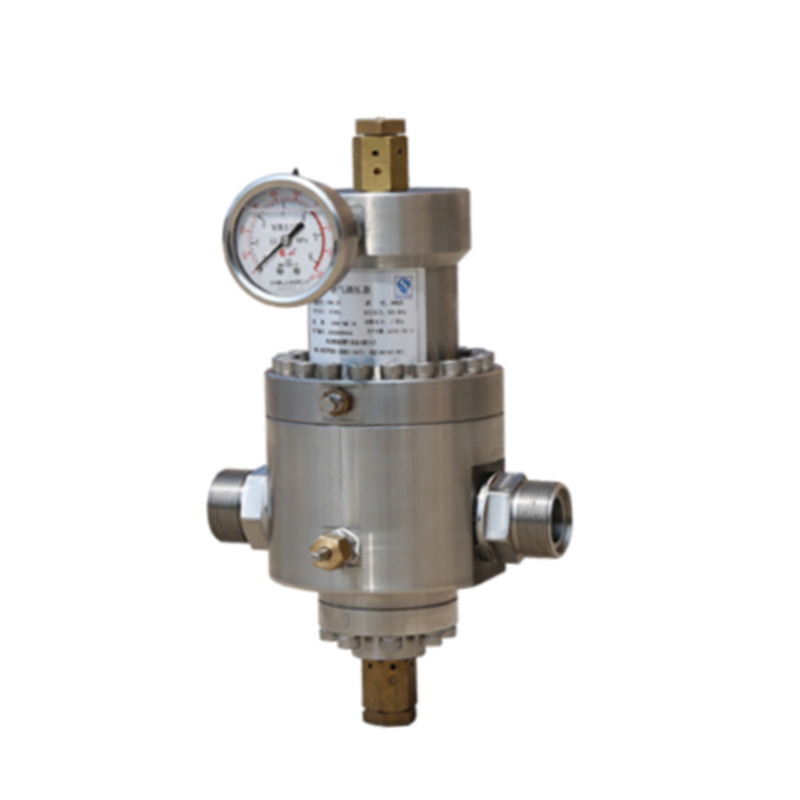
Jul . 28, 2024 06:50
Back to list
Air Control Valve Understanding Its Functionality and Importance in Pneumatic Systems
The Concept and Functionality of Pneumatic Control Valves
Pneumatic control valves play a crucial role in various industrial applications, providing effective control of flow, pressure, and direction of gases. As components of pneumatic systems, these valves are essential in managing the behavior of pressurized air in manufacturing processes, automation, and other applications requiring reliable and precise control.
What is a Pneumatic Control Valve?
A pneumatic control valve is a device designed to regulate the flow of air or gas through a system. By adjusting the amount of air passed through the valve, operators can control the speed and direction of pneumatic actuators such as cylinders and motors. These valves can be operated manually, electrically, or pneumatically, depending on the design and requirements of the application.
Types of Pneumatic Control Valves
Pneumatic control valves come in several types, each fitted for specific operational needs
1. Directional Control Valves These valves manage the path that air takes within a system. They can control the switching between different actuators and are commonly used in applications requiring precise movement, such as robotics and automation.
2. Flow Control Valves These valves maintain a desired flow rate of compressed air. They are important for applications where the speed of an actuator needs to be controlled without affecting the overall pressure in the system.
.
4. Relief Valves These are safety devices that release excess pressure in a system. When the pressure exceeds a predetermined limit, the relief valve opens to allow air to escape, thus protecting other components from damage.
صمام التحكم الهوائي

The Importance of Pneumatic Control Valves
The role of pneumatic control valves in industrial environments cannot be overstated. They contribute to enhanced efficiency, safety, and flexibility in operations. By enabling precise control of fluid dynamics, these valves help in optimizing the performance of pneumatic systems, thus improving overall productivity.
1. Efficiency By regulating air flow, pneumatic control valves ensure that the right amount of air is used for each operation. This leads to energy conservation and reduced operational costs.
2. Safety With built-in features like pressure relief and regulation, these valves help maintain safe operating conditions. This is critical in environments where malfunction could lead to catastrophic failures.
3. Flexibility The adaptability of pneumatic control valves allows them to be integrated into various systems, making them suitable for diverse applications, from manufacturing to aerospace.
Challenges and Considerations
While pneumatic control valves are highly beneficial, there are challenges to consider. Maintenance is a critical factor, as wear and tear can lead to failures that compromise system performance. Additionally, selecting the correct valve type and size for a specific application is essential to avoid inefficiencies or malfunctions.
In recent years, advancements in technology have led to the development of more sophisticated pneumatic control valves that incorporate smart systems and IoT capabilities. This evolution allows for better monitoring and control, further enhancing the capabilities of pneumatic systems.
Conclusion
In conclusion, pneumatic control valves are vital components that facilitate the efficient and safe operation of pneumatic systems across various industries. With their ability to regulate flow, pressure, and direction of gases, these valves not only improve efficiency but also enhance safety standards. As technology continues to evolve, we can expect even greater innovations in this critical area of industrial automation, paving the way for more sophisticated control systems and applications.
Latest news
-
Safety Valve Spring-Loaded Design Overpressure ProtectionNewsJul.25,2025
-
Precision Voltage Regulator AC5 Accuracy Grade PerformanceNewsJul.25,2025
-
Natural Gas Pressure Regulating Skid Industrial Pipeline ApplicationsNewsJul.25,2025
-
Natural Gas Filter Stainless Steel Mesh Element DesignNewsJul.25,2025
-
Gas Pressure Regulator Valve Direct-Acting Spring-Loaded DesignNewsJul.25,2025
-
Decompression Equipment Multi-Stage Heat Exchange System DesignNewsJul.25,2025

